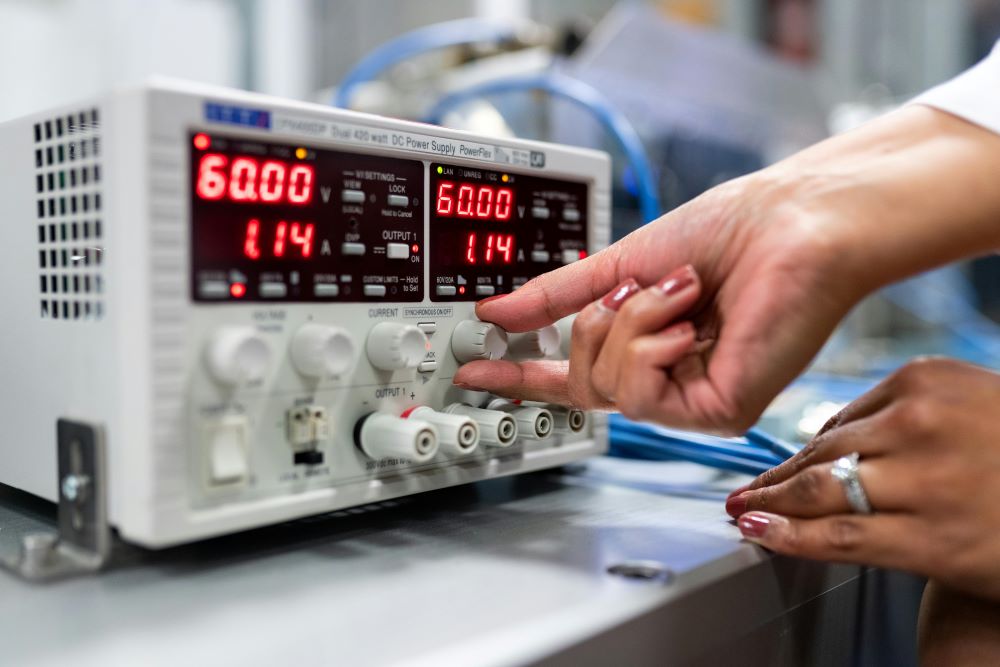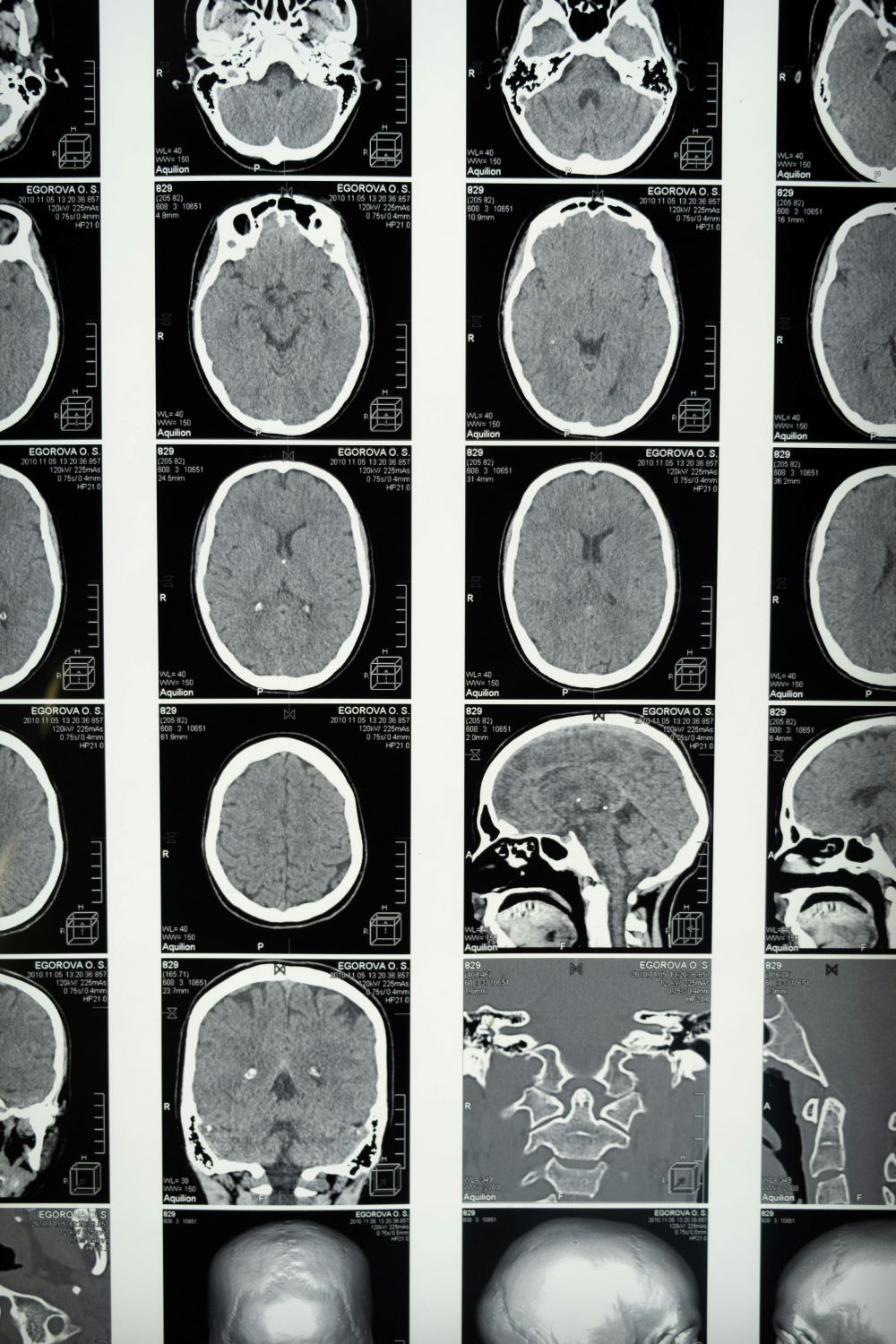Researchers monitor OCD patients who’ve undergone deep brain stimulation.
A new study by Baylor College of Medicine and Texas Children’s Hospital has revealed a distinct neural activity pattern that serves as a novel biomarker and holds significance for predicting and monitoring the clinical status of those with obsessive-comp disorder (OCD) who have undergone deep brain stimulation (DBS). DBS involves inserting a device into targeted areas of the brain as well as a pulse tracker, generally placed in the upper chest. The device sends electrical impulses to specific areas of the brain, regulating abnormal brain activity which is important for treating OCD symptoms and addressing other neurological and psychiatric disorders.
The study was led by Drs. Sameer Sheth and Wayne Goodman, along with co-lead authors Drs. Nicole Provenza, Sandy Reddy, and Anthony Allam, and was published in Nature Medicine.
“Recent advances in surgical neuromodulation have enabled long-term continuous monitoring of brain activity in OCD patients during their everyday lives,” said Dr. Nicole Provenza, an assistant professor at Baylor College of Medicine and McNair Scholar. “We used this novel opportunity to identify key neural signatures that can act as predictors of clinical state in twelve individuals with treatment-resistant OCD who were receiving DBS therapy.”

OCD is a challenging mental health condition affecting an estimated 1 in 40 adults and 1 in 100 children in the U.S. It can involve debilitating symptoms such as intrusive thoughts (i.e., obsessions) and repetitive behaviors (i.e., compulsions). Individuals with OCD commonly have a strong urge to perform “rituals,” and without doing so believe something very negative will happen (i.e., they will die, or a loved one will). Most of the time, these rituals are not associated with typical thoughts and behaviors, and they interfere with daily functioning. For example, an individual may have to open and close the front door exactly 14 times before exiting the home, or they may need to wash their hands exactly 32 times throughout the day.
Traditional therapies include psychotherapy and medications, but an estimated 20-40% of individuals with severe OCD symptoms are treatment-resistant, meaning they do not improve with these methods alone. Since the early 2000s, DBS has also been used to treat the disorder.
To measure and record how brain waves were altered in individuals with treatment-resisted OCD symptoms, the team focused on pathological avoidance, a common OCD characteristic that causes individuals with this condition to avoid potential distress which often leads to intrusive thoughts and rigid routines that make it very difficult to leave their home let alone drive a vehicle or hold down a job. In previous studies, researchers have monitored brain activity in a lab setting while participants perform cognitive tasks. However, using DBS allowed for the team to employ continuous monitoring of throughout the day.
Low-frequency brain oscillations in the theta (4-8 Hz) to alpha (8-12 Hz) range were documented using the DBS devices, and the team found that 9 Hz ventral striatum activity showed a prominent circadian rhythm fluctuating over 24 hours. This finding allowed them to link improvement in symptoms to shifts in cognitive functioning.
“Before DBS, we saw an extremely predictable and periodic neural activity pattern in all participants,” Goodman explained. “After DBS activation, as individuals began responding and improving symptomatically, this predictable pattern broke down. We believe this loss of predictability indicates that participants engaged in fewer repetitive and compulsive OCD behaviors.”
“We have seen remarkable progress in the field of DBS research, a technology that has been used for decades to treat movement disorders,” said Dr. John Ngai, Director of the Brain Research Through Advancing Innovative Neurotechnologies® Initiative (The BRAIN Initiative®) at the National Institutes of Health, which provided funding for the new study. “The [advancement] reported here represents just one on a growing list of success stories where the BRAIN Initiative has helped develop a new generation of DBS technologies, bringing treatments for conditions like OCD closer to the clinic.”
Sources:
49 OCD Statistics: How Many People Have OCD?
Researchers discover a new neural biomarker for obsessive-compulsive disorder


Join the conversation!